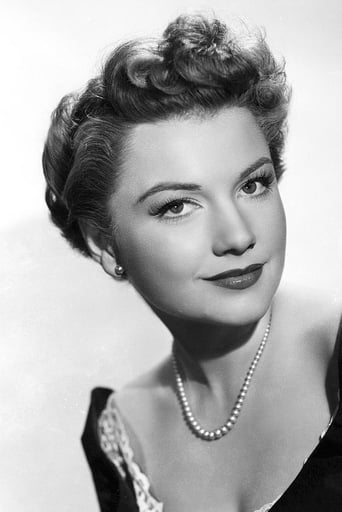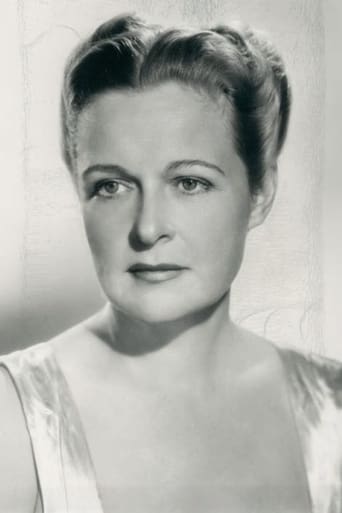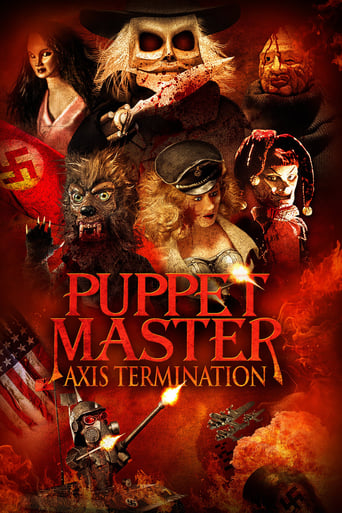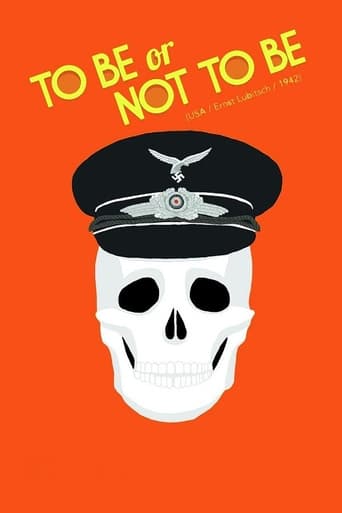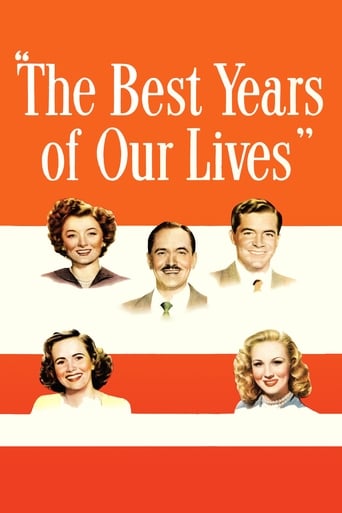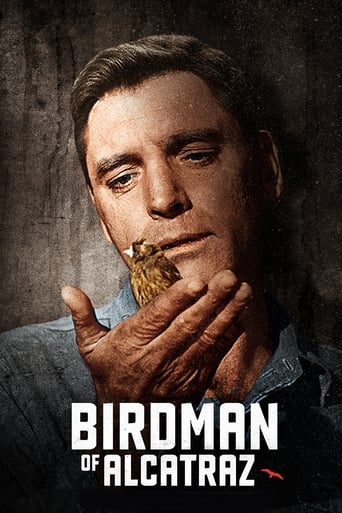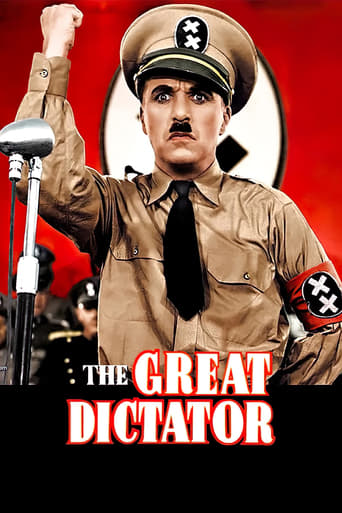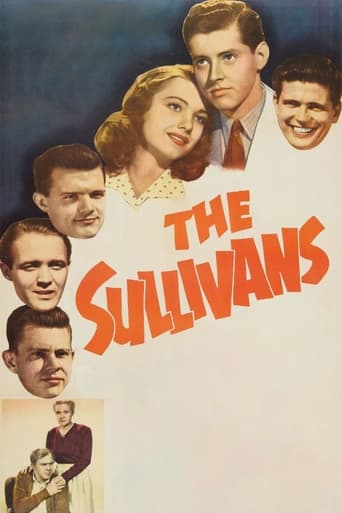

The Fighting Sullivans (1944)
The lives of a close-knit group of brothers growing up in Iowa during the days of the Great Depression and of World War II and their eventual deaths in action in the Pacific theater are chronicled in this film based on a true story.
Watch Trailer
Cast


Similar titles
Reviews
This was certainly made as a B movie. It's clearly not a big-budget film, and with the exceptions of a very young Anne Baxter and Thomas Mitchell, who always played supporting rolls (often extremely well, but supporting roles nonetheless), there are no stars in it.The director, Lloyd Bacon, had made a lot of good movies before this, though, and that is probably the thing to focus on when trying to explain why this turned out so good.And it turned out very good.What makes this movie so powerful is what is does not do, in a sense. Most of the movie focuses on the childhood and young adulthood of the five Sullivan boys. They are not portrayed as cute kids, or angels, or anything out of the ordinary. They are feisty, but they are not "loveable." They are, in short, regular kids/young guys. They could be any American kids/young guys. They are, indeed, everymen, and we relate to them because of that.Part of why this is so is that the studio realized they should not be played by recognizable stars. They are played by unfamiliar faces who don't look like movie stars. They therefore look as if they could be your neighbors, or in fact your son or brother or .... So, when the five of them die on that ship in the war - as of course everyone who saw this movie knew that they would - it really hits hard, because they could be someone you know.And then you have to watch Ward Bond tell their family.The sister and the young wife behave as Hollywood portrayed young women: subject to their emotions. But they are quickly out of the picture.What hits us, right in the gut, are the reactions of their father, Thomas Mitchell, and their mother, Selena Royle, who holds us riveted by her refusal to break down, to dishonor her sons by being anything less than brave herself. It's a devastating scene, and the highlight of the movie."Less is more in movie-making," it has been said. No movie demonstrates that better than this one. There is no gushy sentiment, no over-dramatization. Everyone knows from the beginning that the five young men will die. There is no suspense. This movie exists to make these five young men real to us, so that we realize what a terrible loss any man's life in war is. And this movie does that superbly.Treat yourself. Watch it. You'll need Kleenex at the end, no matter how macho you are, and that's not fun. But this movie isn't designed to be fun. This movie is designed to make you feel the real horror of war. It kills men - and women - who are nice people and do not deserve to die.---------------After yet another viewing, especially of the last scenes, I found myself wishing I could have stopped the movie with the father's salute to the memory of his sons on the water tower. What follows, the christening of the ship named after them, made sense in the movie's World War II context. After all, if the ending had been too sad, Americans might have stopped supporting the war. But, now that it is over, I think it would be more powerful if we were left with the father's efforts to hold back his tears while he salutes the memory of his foolhardy and very brave sons.
One little war propaganda film that has a certain charm. The charm comes from the five brothers that can never do anything separately. By insisting on being the five of them on the same ship they were all killed at the same time. That is no heroism in itself. That is just slightly sad and moving. Never put all your eggs in the same basket. If that basket gets run over you lose all your eggs. Yet the film has a charm beyond that and the charm comes from the number five, for one, and the reversal of age order for two. Five is a strange number. The Sullivans are a good Catholic Irish family. So six should be a better number and actually it is reached with the daughter and that brings the family to eight, Christ in his glory. Note when the five boys are dead, if we take into account the wife of the youngest son and their son that makes five again. Five is a deeply pagan number associated with life, the enjoyment of life and here it is inverted by the tragic death of the five sons leaving five people behind them. That is also surprising because of the satanic dimension of this number in a catholic dimension, and this inversion is typically American: the revisiting and de-diabolizing of this number, especially since they become heroes and their name is given to a war ship. Note the last vision of them is a dream when the ship is christened: four sons at first in two groups of two and the fifth one, the only married one, the youngest one coming running after. And then this number five becomes the basic symbol of the western civilization, the five fingers of a hand, the five senses and so many other things that come in five, especially the five cent nickel. Apart from that the film is nothing but propaganda, even when showing the suffering of the survivors, parents, sister and wife: very soft suffering indeed.Dr Jacques COULARDEAU, University Paris Dauphine, University Paris 1 Pantheon Sorbonne & University Versailles Saint Quentin en Yvelines
I grew-up in a working-class town much like the one depicted in this movie, and I was the product of a large Irish-Catholic family. I realize this movie is probably rather corny, especially by today's standards, but I always feel a strong sense of identification with the Sullivans. I have five brothers, and several of them have the same names as the brothers in this movie.This was one of those movies that my family watched on a yearly basis, and seeing it recently after many years brought back many memories. It is really a family picture rather than a war movie, but the ending does bring 'home' the huge price we all pay during a crisis.
A series of country-fried, saccharine-sweet vignettes follow the growth of my hometown's own Sullivan brothers from quickly-angered little boys to grown men getting sunk on a battleship.The film has little substance aside from being a great example of morale boasting propaganda designed to pick up a nation's spirits as the battle for the Pacific got bloodier and bloodier. The childsploitation of the nauseatingly cute brothers-as-children is the most shameless this side of John John's salute, and the tales of family togetherness and the accepting of traditional roles are so predictable that they allow no room for real character growth-or real characters, for that matter. I felt about as sad at the end of this film as I would have had it been nothing more than a shot of five cardboard cutouts being burned. The walking-on-the-clouds ending was laugh-out-loud corny and the scenes leading up to it ranged from boring to mildly amusing.That's not to say that the picture didn't have any good points. Some scenes are genuinely amusing and, when they're not going too far overboard, those kids are genuinely cute, but still its flaws outweigh its positives.


